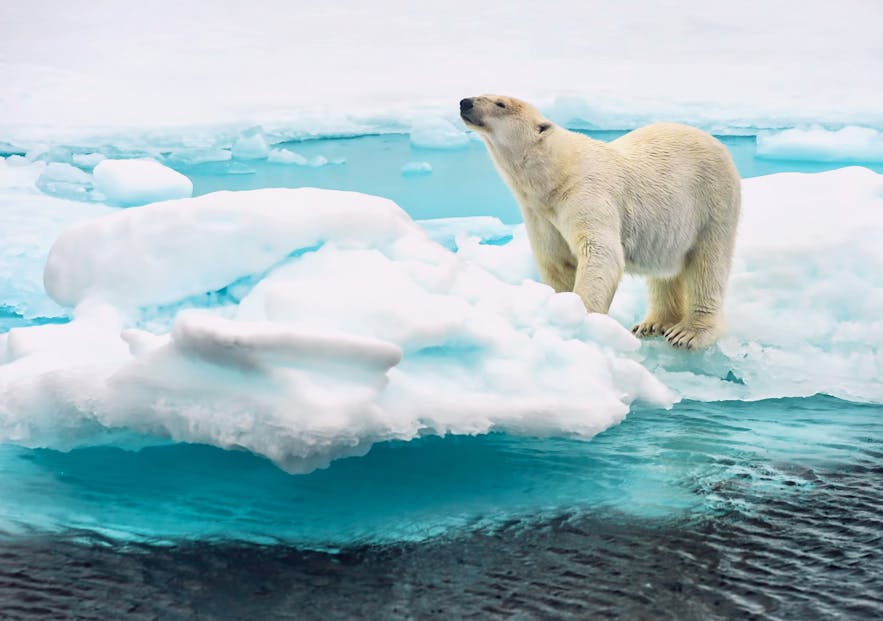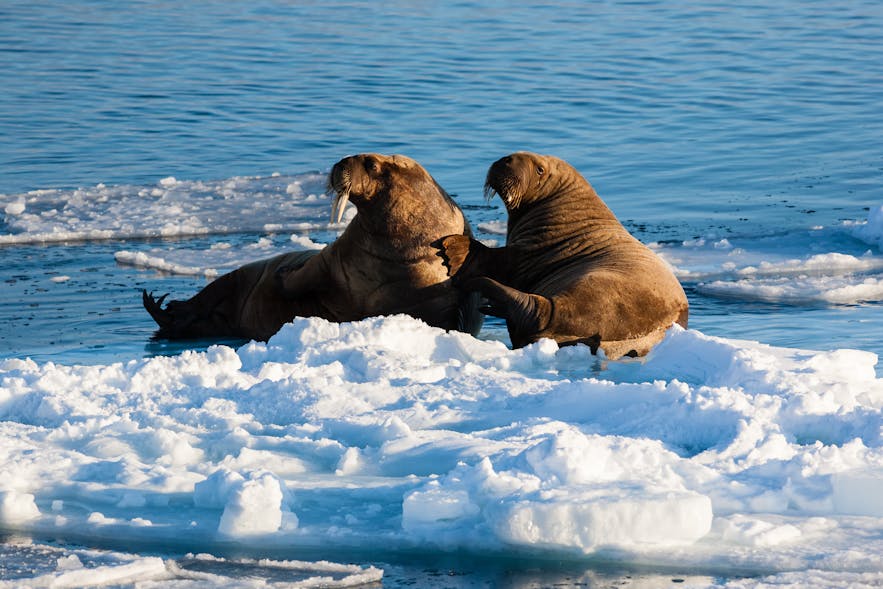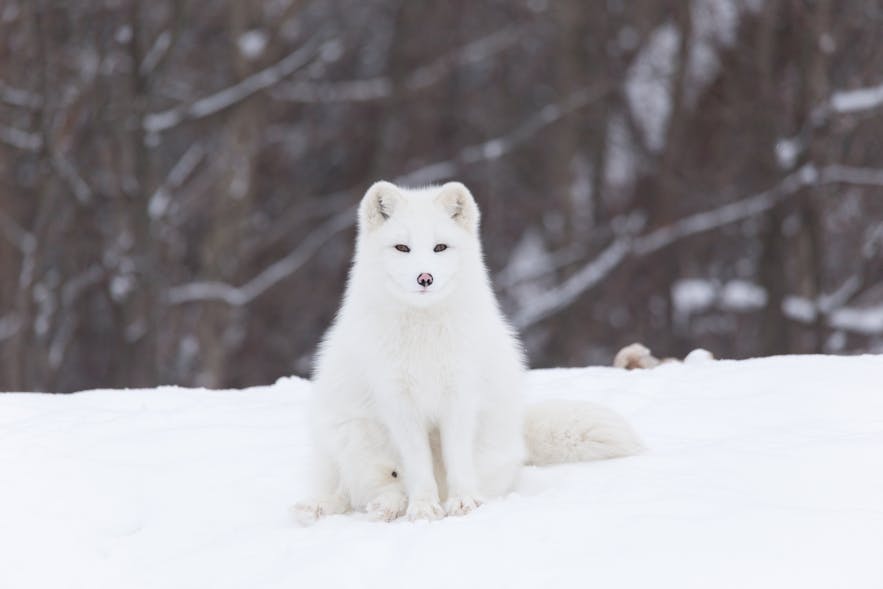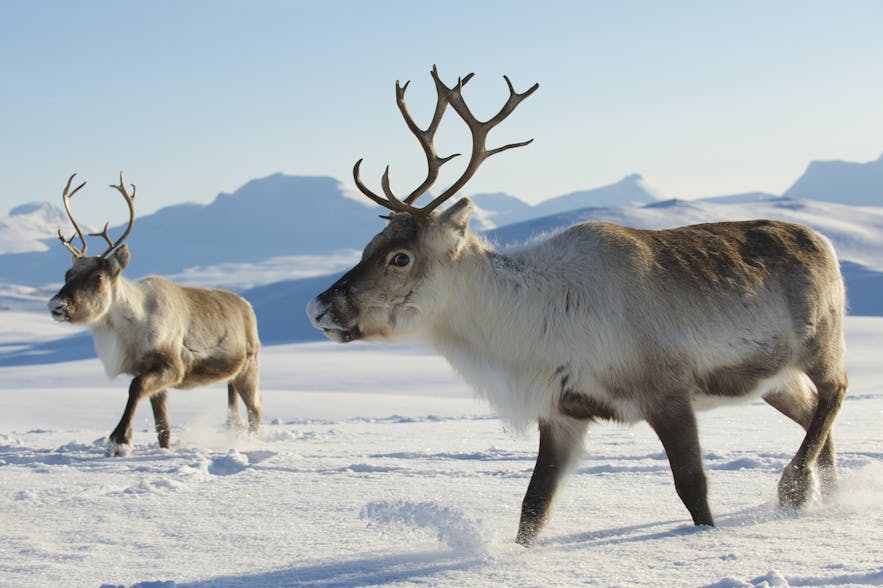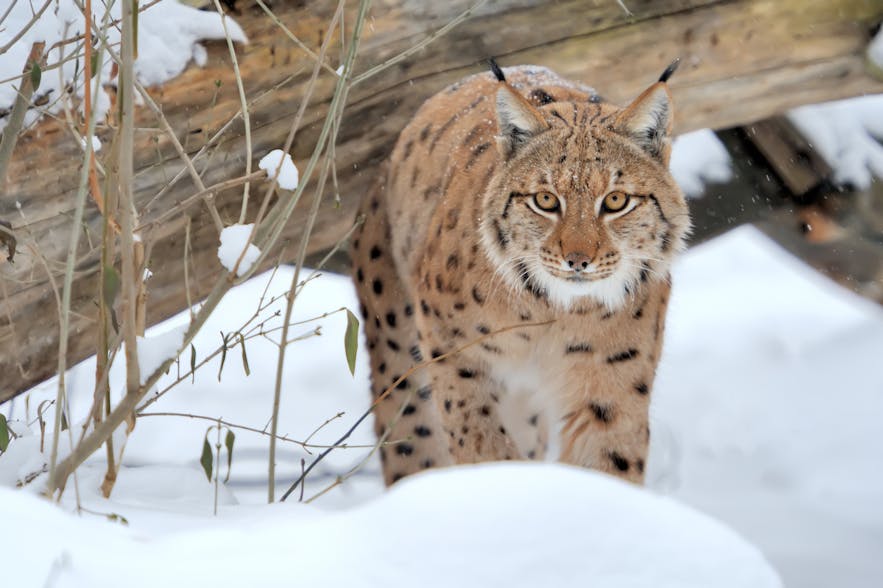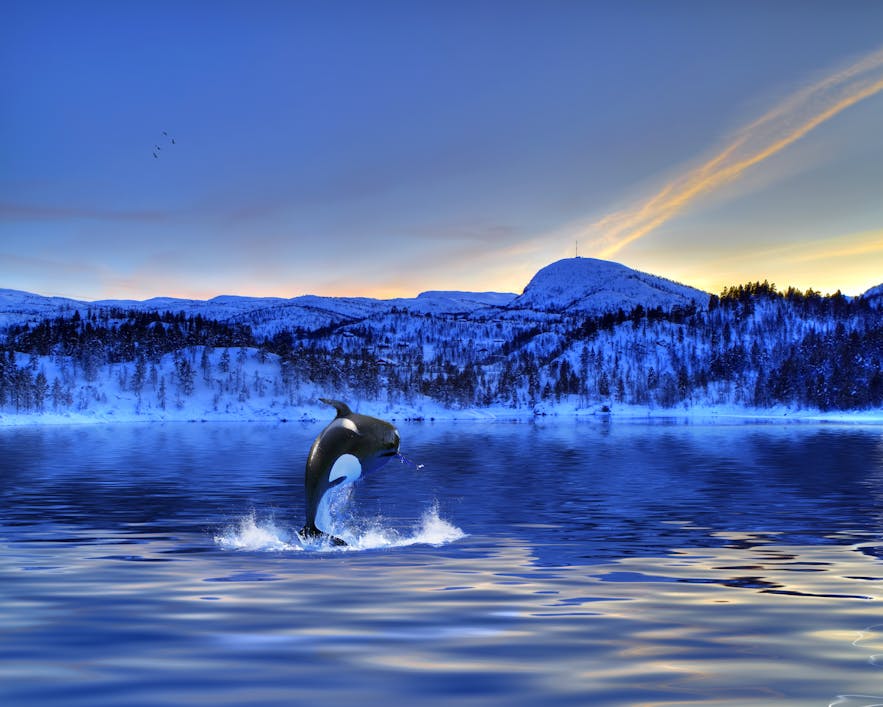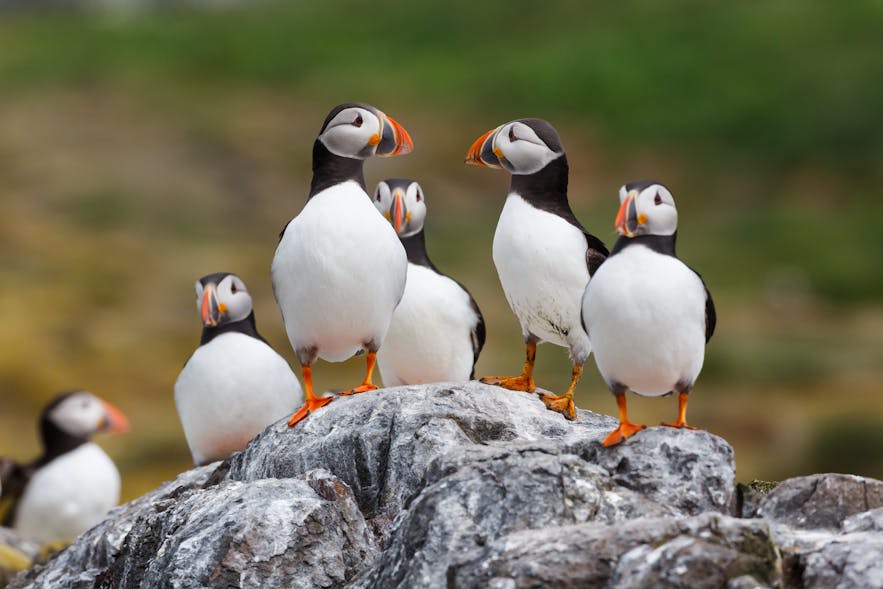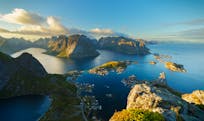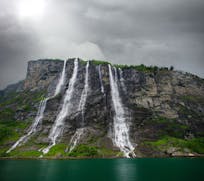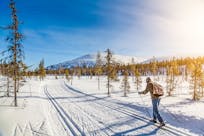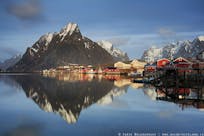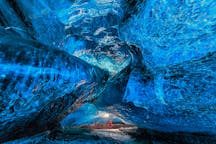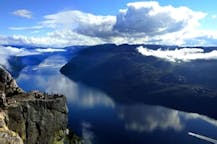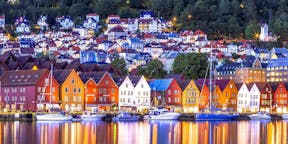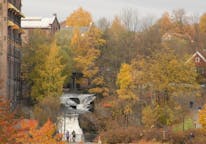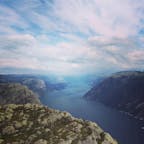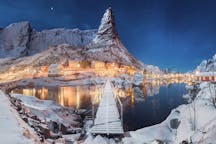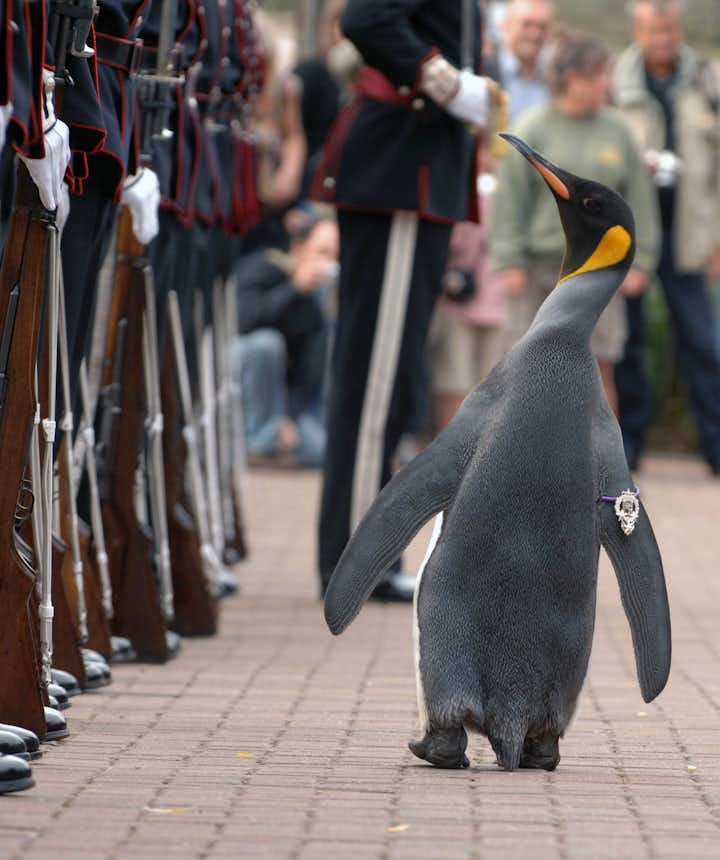
Wildlife & Animals in Norway
Norway doesn’t follow the expected European pattern when it comes to wildlife. Whilst a wander through the British Isles, Spain and France might see you confronted with a vicious badger or perhaps even the mighty squirrel, a combination of Arctic landscapes, the North Atlantic Ocean and dense, icy forests provide the habitat for an array of magnificent animals…
Arctic Inhabitants
When talking about Norway’s wildlife there is really only one place to begin, and that is the polar bear. These majestic animals actually outnumber humans on the remote Svalbard archipelago. The icy wilderness is relatively easy to access via flights from the mainland, and catching a glimpse of a polar bear is possible on a snowmobile or skiing expedition, or from one the many cruises which meander through Svalbard’s waters.
If you needed further proof that Svalbard is unlike anywhere else in Europe, take a look at another of its inhabitants, the walrus. Whilst their breeding grounds are on the isolated islands of Karl Prins Forlandet and Moffen, they are sometimes spotted along the shorelines of fjords near the capital, Longyearbyen.
A slightly smaller, but by no means less interesting mammal, the Arctic fox, can be found on the mainland in both the Borgefjell and the Saltfjellet-Svartisen National Parks, as well as within the archipelago of Svalbard. However, this beautiful creature is snow-white, so is pretty difficult to spot during the winter months.
Moose ´(elk) and Reindeer
Two of the most easily found animal species in Norway are elk and reindeer. Despite the Norwegian’s appetite for moose burgers, they are still common in the southern and central regions, whilst reindeer can be seen more frequently further north - obviously, that’s where Santa is.
Although called 'Elg' in Norwegian, the moose found in Norway (Alces alces) is a different species than the American elk. They are the largest land animals found in Norway. With antlers that can span up to 1,5 meters, they can reach a shoulder height of a stunning 2,3 meters.
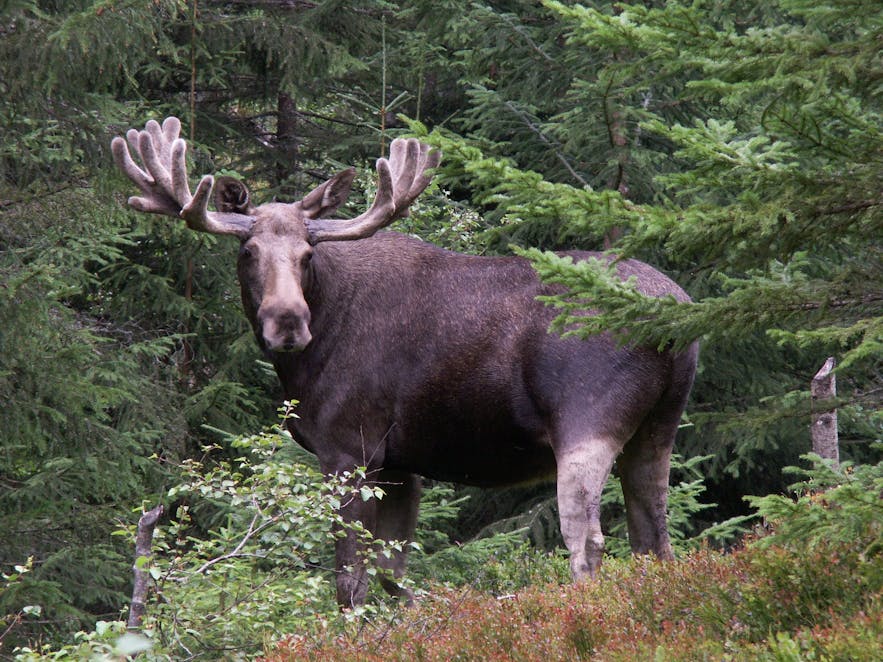
The reindeer you may see strolling along northern roads have probably been domesticated by the indigenous Sámi people, and to see some in the wild you will probably have to venture to Svalbard, or to the national parks of Hardangervidda, Reinheimen, Femundsmarka, and Rondane in the south.
In fact, the Hardangervidda mountain plateau is home to the biggest reindeer herd in the whole of Europe and one of the biggest globally.
The Eurasian lynx
Northern Europe’s only big cat, the Eurasian lynx is a feisty but cuddly looking carnivore. These mystical felines can be spotted in some of Norway’s more remote national parks, including Reisa, a breathtaking wilderness full of gorges, waterfalls, and dense forest - best explored on foot from Sarelv.
Sealife
North Atlantic waters are teeming with whales during the summer months. Andenes, on the northern tip of the Vesterålen islands, is a great place to set out on a whale watching cruise, with boats leaving the port from late May to the middle of September. Of the majestic creatures that patrol Norwegian waters, you are likely to come across at least one of pilot, minke, orca, humpback and sperm whales, whilst seal sightings are almost guaranteed.
Birds
Keen birdwatchers flock to Norway every year to catch a glimpse of the cheeky, clown faced puffin. There are several places where you too can get your puffin fix, including the aforementioned archipelago of Svalbard, where they can be spotted with ease from a summer boating expedition. For a more intense puffin experience (yes, such a thing does exist) visit the small village of Bleik, where you can go on a real life puffin safari, and take a boat trip past their enormous breeding colonies, where over 300,000 puffins nest during summer.
Another great place to visit (regardless of whether you want to do a bit of birdwatching, but especially if you do) is Nordkapp. Mainland Europe’s most northern tip offers spectacular panoramic views, and the eerie feeling of standing on the edge of a continent.
The nearby hamlet of Gjesvær offers lesser known, but equally dramatic bird safaris to the Gjesværstappan islands, home to an estimated three million nesting birds throughout the summer. Chief among them are skuas, razorbills, puffins, gannets, white-tailed eagles, and kittiwakes.
Honorable mention: Sir Nils Olav
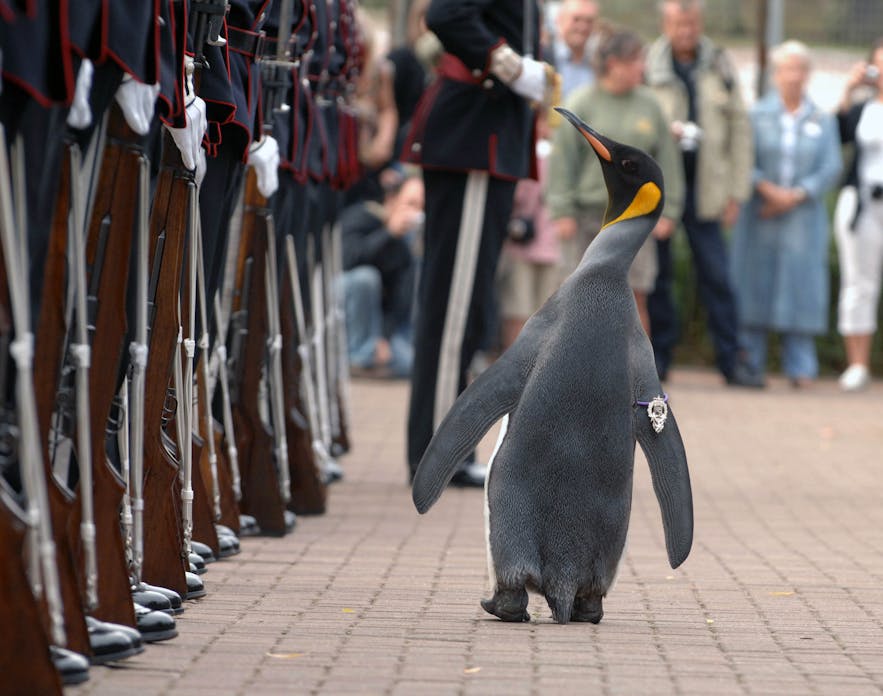
In 1913, two years after the Norwegian Roald Amundsen became the first person to reach the South Pole, representatives of Norway entrusted the Edinburgh Zoo with its King Penguin.
In 1973, the Norwegian King's Guard sought out to adopt one of the Zoo's penguin. Upon completion, the penguin was named Nils Olav and given the regiment rank of lance corporal (visekorporal).
Each time the King's Guard has returned to the zoo, Nils Olav has received a promotion. Shortly after his promotion to sergeant in 1987, Nils OIav passed away. His place in the regiment was taken over by Nils Olav II, who steadfastly worked his way to Colonel-in-Chief in 2005.
In 2008, with the approval of King Harald V, Sir Nils Olav II was knighted during a ceremony that included 130 guardsmen of the King.
Currently, Nils Olav III serves the King's Guard as Brigadier after his promotion in 2016.
Other interesting articles
Hiking to Trolltunga
Norway is the ultimate country to visit for many outdoor enthusiasts because of the rugged mountains and beautiful landscapes. Hikers from all over the world travel to Norway each year to see the incr...Read more5 Most Beautiful Glaciers in Norway
Let’s start this off with some hard facts: There are 2534 registered glaciers on mainland Norway, plus 2100 glaciers on Svalbard. Yes, that’s right: 2534 glaciers. Book Your Tour on Norway Travel Gu...Read more3 Beautiful Beaches in Northern Norway
Northern Lights, rugged mountains, heavy winds and challenging weather are the most common keywords related to Northern Norway. But did you know about the picturesque beaches? Some of them even look t...Read more


